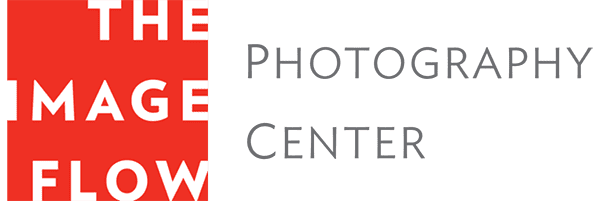
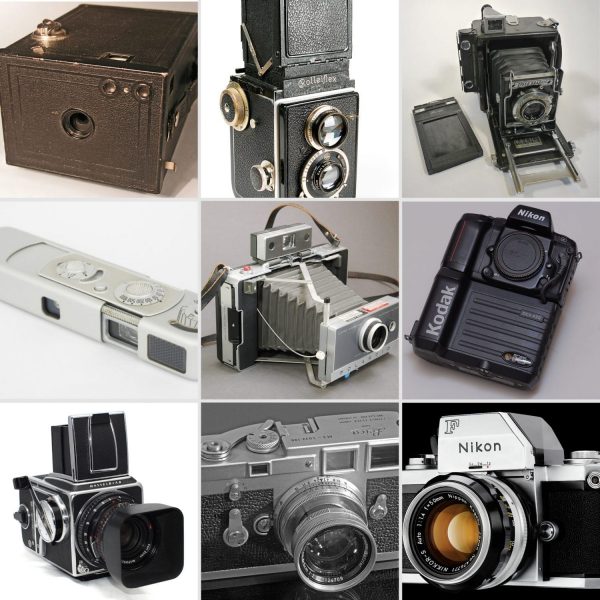
Photography has come a long way since the daguerreotype. While the first 100 years focused on perfecting the chemical process, the next 100 years focused on popularizing it. Read on to discover nine of history’s most iconic cameras, and how they influenced photography.
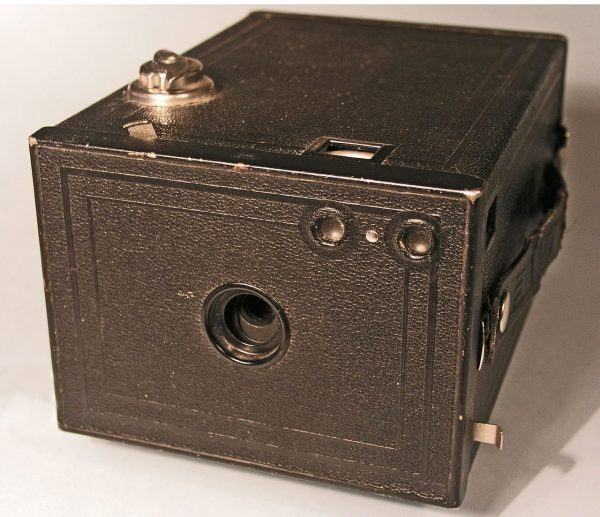
Kodak Brownie, 1900
Eastman Kodak did for cameras what Ford did for cars: Mass produce them to make them affordable to the masses. The Kodak Brownie launched in 1900, shot 117 roll film, and sold for $1. The idea of the snapshot originates with this simple camera, nothing more than a cardboard box with a lens, which popularized low-cost photography more than any other. The camera was produced until 1962 and remained popular thanks to Kodak’s ability to constantly reinvent it.
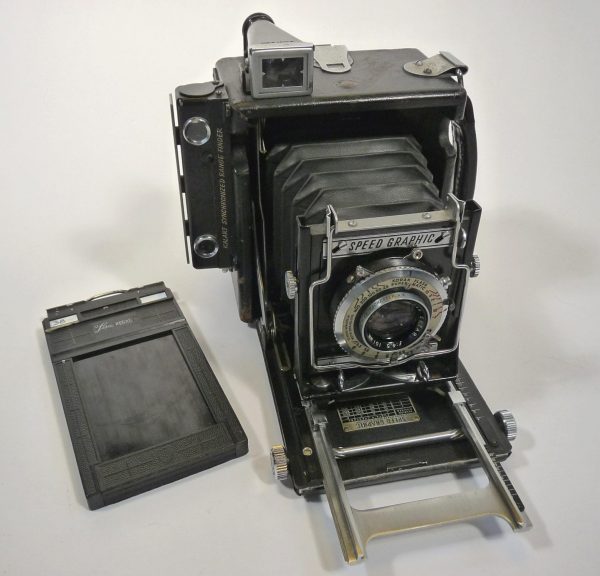
Graflex Speed Graphic, 1912
The Graflex Speed Graphic was the world’s first press camera. It was standard for American press photographers until the mid-1960s, beloved by paparazzi before the word was even coined. Just about every black-and-white movie from the era has a photographer poking a Speed Graphic in someone’s face and firing off the flash.
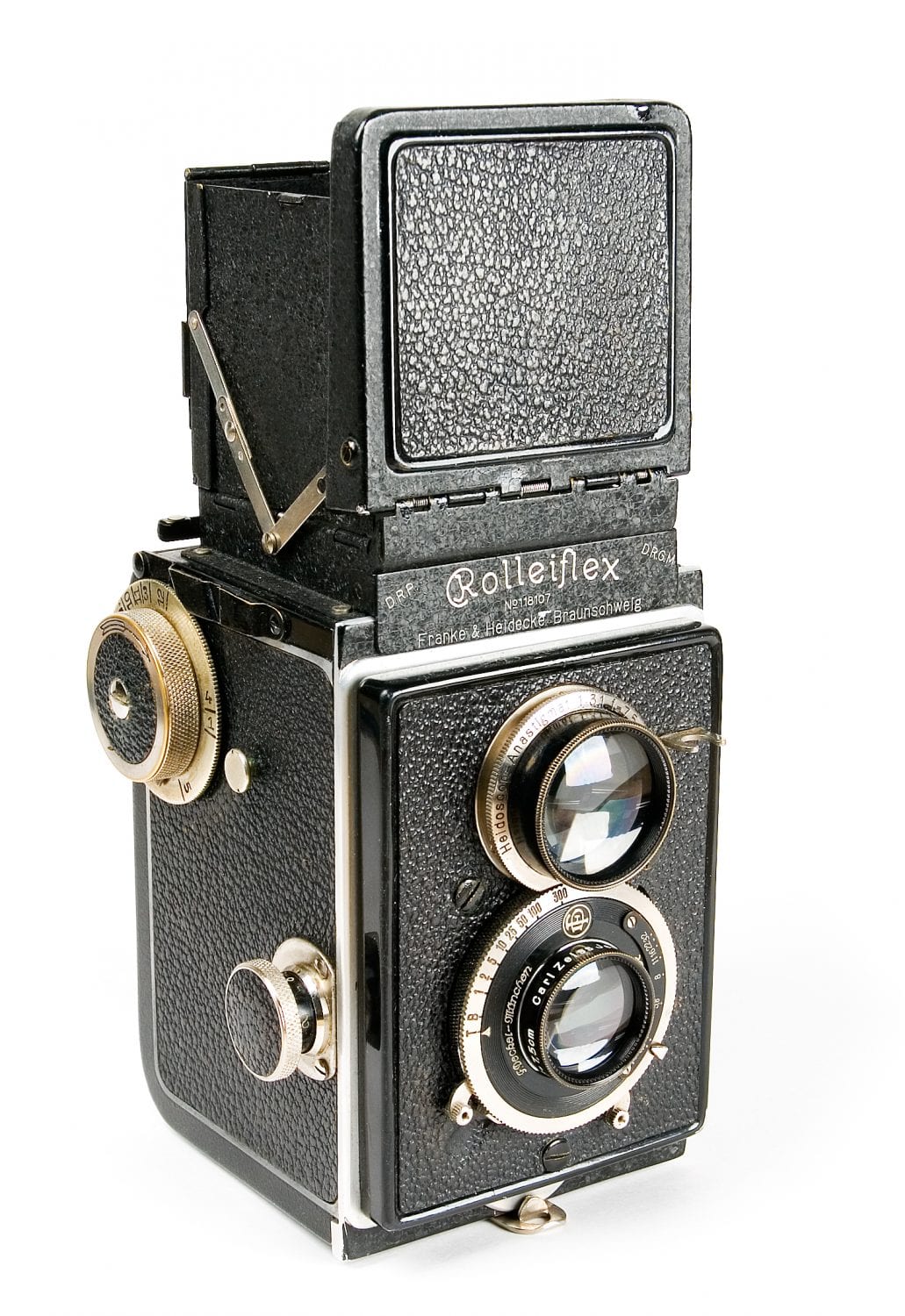
Rolleiflex, 1929
The Rolleiflex is the most revered of all twin-lens-reflex (TLR) cameras. The top lens feeds the viewing screen while the bottom lens actually takes the picture on 6 x 6 cm film. Launched in 1929 by Franke & Heidecke in Germany, the Rolleiflex was used by notable photographers like Irving Penn, Richard Avedon, Robert Doisneau, and Diane Arbus to create some of the world’s most memorable images.
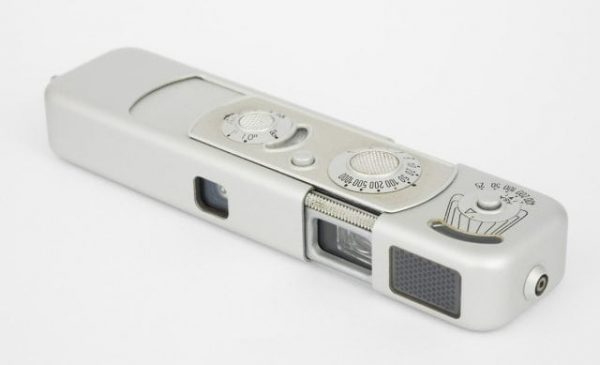
Riga Minox, 1936
Conceived as early as 1922 and finally produced in 1936 by Walter Zapp in Latvia, the Riga Minox became the quintessential spy camera due to its small size and macro focusing ability. It was used by American, British, and German intelligence agencies during World War II, and later versions were used well into the 1980s. Soviet spy John A. Walker Jr. used it to photograph U.S. Navy documents and ciphers during the Cold War.
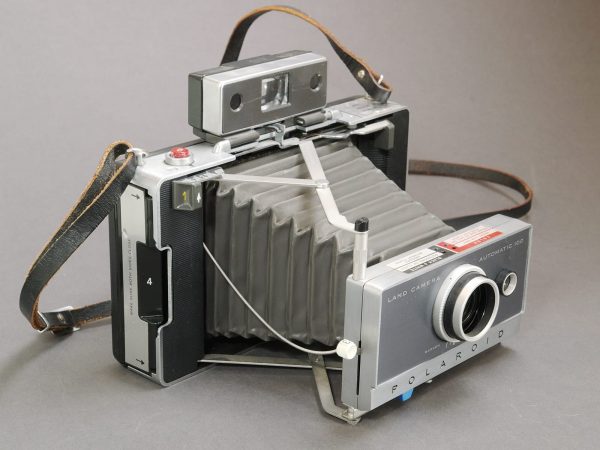
Polaroid Land Camera, 1947
The Polaroid Land Camera was the world’s first instant camera with self-developing film. It was invented by Edwin Land and manufactured by Polaroid between 1947 and 1983 with numerous models produced. The first instant color film became available in 1963.
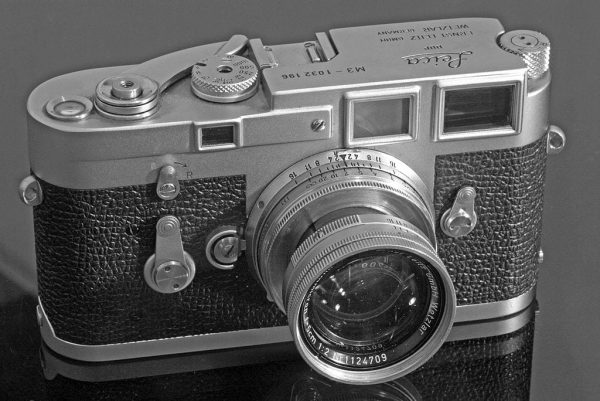
Leica M3, 1954
Ernst Leitz introduced the Leica M3 in 1954, often regarded as one of the greatest cameras of all time. The M3 featured a number of innovations including the bayonet mount, a combined viewfinder and rangefinder, and a lever to advance film rather than the common knob. Because of its rugged build, speed, ease-of-use, and image quality, it became the camera of choice for the street, documentary, and war photographers of its day. More than 220,000 units were sold by the time the company terminated production in 1966. M3 photographers include legends like Henri Cartier-Bresson, Robert Frank, and W. Eugene Smith.
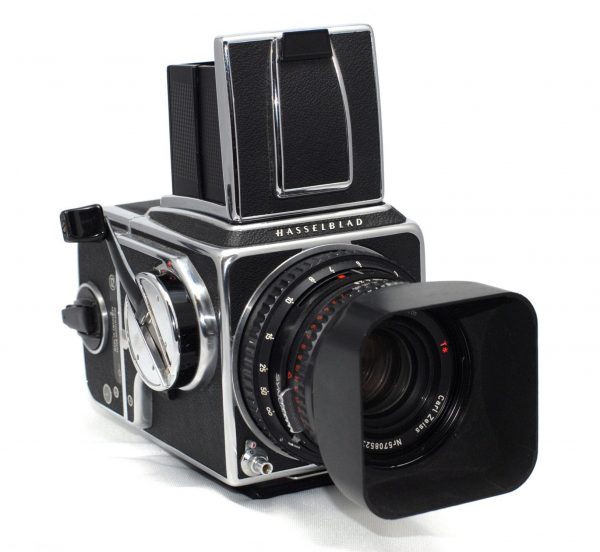
Hasselblad 500 C/M, 1957
While the Leica M3 was the icon of documentary photography, the Hasselblad 500 C/M was the workhorse of the fashion and studio world. Introduced by Swedish firm Victor Hasselblad in 1957, it’s defining feature was moving the shutter from the back of the camera to inside the lens to allow for synchronization at all shutter speeds, which made it ideal for inside and outside strobe photography.
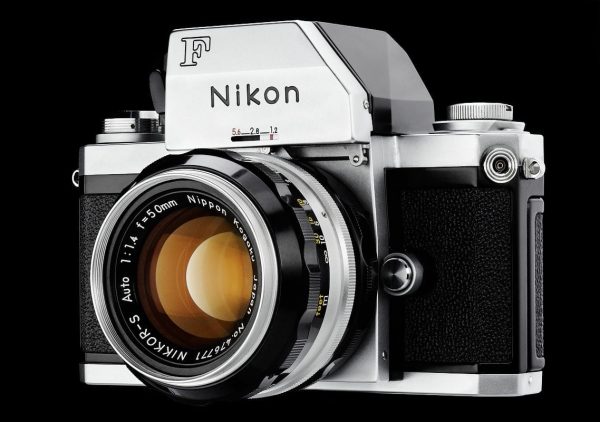
Nikon F, 1959
The Nikon F is the single-lens-reflex (SLR) camera that put SLRs on the map. Introduced in 1959, it combined a number of existing technologies into one camera and made them highly usable. It featured interchangeable viewfinders and viewing screens, and offered the ability to add different backs. It was also extremely rugged—Don McCullin’s Nikon F suffered a direct hit in Cambodia famously saving his life—and became the go-to camera for photojournalists during the Vietnam War.
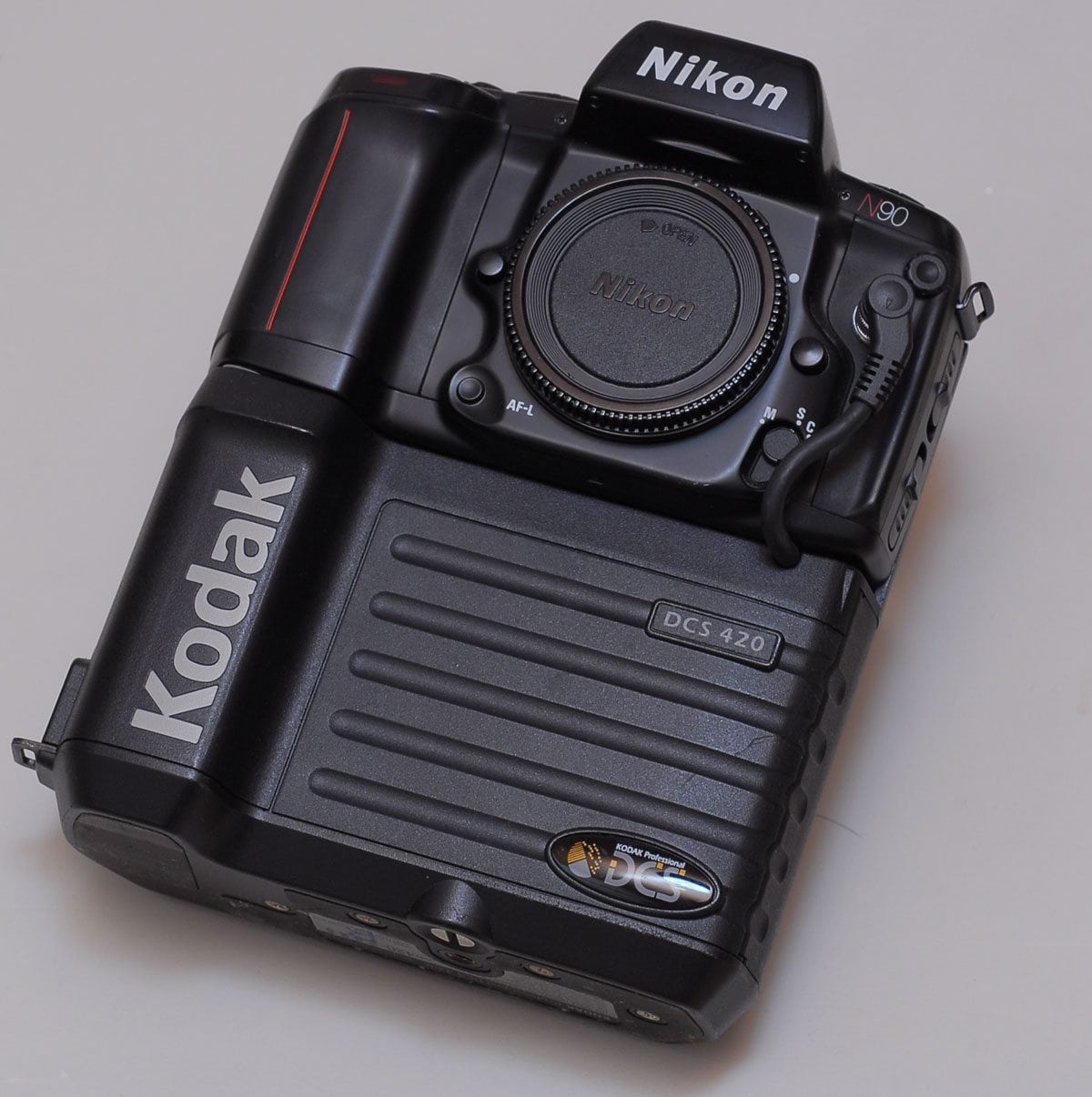
Kodak DCS 100, 1991
Kodak launched the world’s first Digital Camera System in 1991 with a Nikon F3 body. The DCS 100 shot 1.3MP photos using a separate shoulder pack for the batteries and screen while later versions integrated the digital aspect of the camera into a single unit.
And there you have it: In 91 years, we’ve gone from the first snapshot to the dawn of the digital era. Do you think we missed any? What are your favorite cameras?

